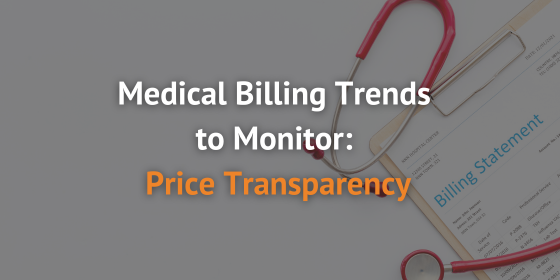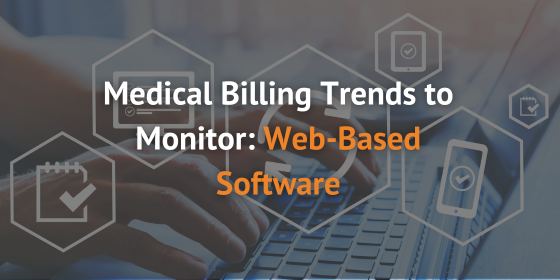
Medical Billing Trends to Monitor: Price Transparency
Increasing Healthcare Costs
Healthcare costs have been rising steadily over the past few decades, and patients are increasingly bearing a larger portion of the financial burden. As a result, patients are demanding more transparency in healthcare pricing to better understand the costs associated with their care. Cost of care plays a massive role in whether someone seeks treatment or not. The rise of price transparency has already had a considerable impact on behavior in this regard. Before 2021, 44% of people avoiding obtaining health care were doing so because they didn’t know what it would cost. In 2021, only 25% of people reported avoiding care because of cost uncertainty.
Consumer-Driven Healthcare
Another trend fueling the price transparency wave is healthcare becoming more consumer-driven, meaning patients are taking a more active role in their healthcare decisions. Patients are increasingly seeking out information about healthcare prices and quality in order to make more informed decisions about their care. As mentioned previously, when information in regards to cost is readily available, people are more likely to seek out care.
Price transparency can also greatly improve the trust and overall relationships patients have with providers and ultimately promotes better outcomes and satisfaction.
Technological Advancements
Technology has made it easier to access and compare healthcare prices. Healthcare price transparency tools, such as online databases and apps, allow patients to compare prices across different providers and make more informed healthcare decisions.
How Will This Impact Medical Billing?
Fewer Phone Calls: Price transparency is important for promoting accountability and reducing the incidence of surprise medical bills, which can be a significant financial burden for patients and their families. Expect to get fewer calls to your practice about surprise charges.
Patient Responsibility After Insurance: As price transparency becomes more widespread and accessible there will most likely be more preservice collections of estimated patient balances. If patients are aware of their costs upfront and have more time to plan for those they are more likely to pay those either before or at the time of service. This will reduce the effort and time that medical billers would typically have to spend on collection efforts after services are already provided.
Efficiency: On the other hand, price transparency could also benefit medical billers by increasing their efficiency in billing and collections. With greater access to pricing information, medical billers can more easily identify and correct errors in billing and ensure that patients are being charged accurately.
New Tools: Clearinghouses are now offering comprehensive tools that help practices get data directly from payers in a very efficient manner. One such tool is TriZetto’s Patient Responsibility Estimator. This tool enables practices to generate real-time financial estimates for their patients. This creates complete transparency that empowers patients to be more proactive when managing their cost of care, making it more likely that your practice is able to collect payment.
If your practice is curious about how price transparency will continue to impact the industry, we’d love to speak with you. If you are looking to offset the cost of making pricing information available and improve your medical billing process at the same time, we can help. EZClaim is a low-cost medical billing software that has everything you need, and nothing you don’t. Our intuitive software helps practices and billers alike become more efficient. Schedule a consultation today to learn more!




